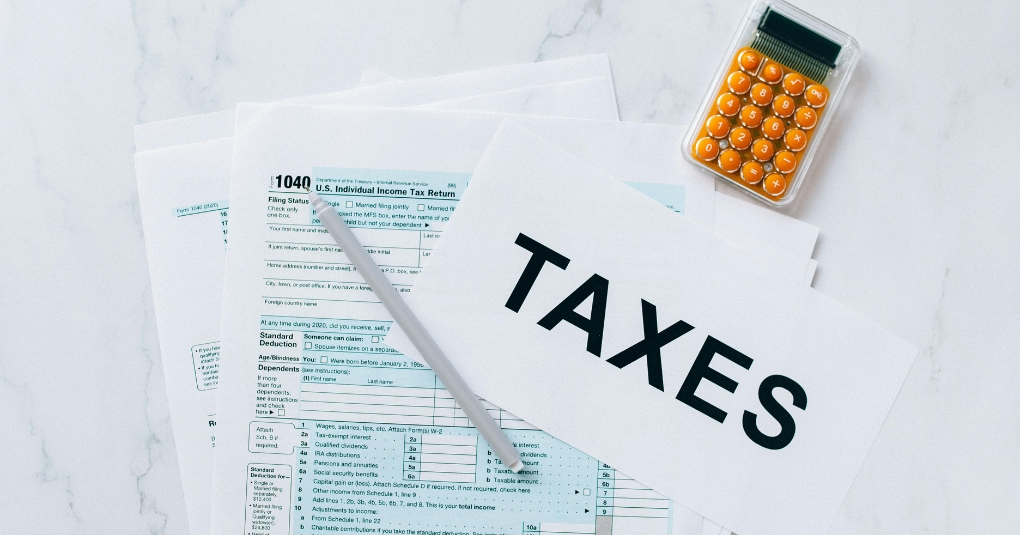The End of the End-of-Quarter Crunch
In a move that could change the way businesses across the EU handle taxation, the European Commission’s “VAT in the Digital Age” (ViDA) initiative is ushering in mandatory real-time reporting and e-invoicing requirements. These reforms are designed to modernize VAT systems, reduce fraud, and streamline compliance.
But for businesses, these aren’t just bureaucratic changes—they’re fundamental shifts that demand new systems, new habits, and a digital-first mindset.
Why Is This Happening Now?
The EU currently loses an estimated €90 billion annually due to VAT fraud and non-compliance. Much of this stems from outdated reporting mechanisms—manual processes, batch filings, and late submissions. Real-time reporting is seen as the answer to these inefficiencies. It’s not just about plugging revenue leaks; it’s about building a transparent, tech-savvy fiscal ecosystem.
What Is Real-time Vat Reporting?
At its core, real-time VAT reporting means businesses must report transactions as they occur—or shortly thereafter—rather than waiting until month- or quarter-end.
This typically involves:
- Uploading invoice data to tax authorities within seconds or minutes of issuance
- Using certified e-invoicing systems or platforms that sync directly with tax portals
- Receiving near-instant feedback or confirmation from authorities
This format, already adopted in countries like Spain (SII system) and Hungary, enables tax agencies to spot discrepancies early, cross-verify buyer-seller data, and reduce the need for audits.
Enter: Mandatory E-invoicing
As a companion to real-time reporting, e-invoicing will become compulsory for both domestic and cross-border B2B transactions. Unlike PDFs, e-invoices are structured data formats (like XML) that machines can instantly read and process.
Key Benefits:
- Fewer errors and rejections
- Automated tax filing and reconciliation
- Faster payment cycles and reduced disputes
- Better preparation for digital audits
By 2030, all EU cross-border B2B trade will require e-invoicing, with interim rollouts starting this year for individual member states.
What Businesses Need To Do Now
Whether you’re a tech startup, an eCommerce seller, or a legacy manufacturer—if you operate in or trade with the EU, this affects you. Preparation is key.
Action Checklist:
- Audit your invoicing systems – Can they issue real-time, structured e-invoices?
- Talk to your accounting provider – Are they upgrading their platforms to meet the ViDA standards?
- Explore middleware solutions – APIs or tax engines that link your ERP directly to government systems
- Train your finance teams – They’ll need to understand both compliance and how to leverage new tools efficiently
- Check local timelines – Each country may have its own rollout schedule; for example, France mandates B2B e-invoicing from 2026
Why This Matters For Global Businesses
Even if your company isn’t based in the EU, if you sell goods or services to EU customers, you’ll likely be required to comply. This expands the influence of EU tax policy globally—just as GDPR transformed how companies handle personal data.
Real-time VAT and e-invoicing could become de facto international standards, affecting trade with regions like Southeast Asia, LATAM, and the Middle East—many of which are watching the EU model closely.
Industry Impact: Sector By Sector
eCommerce & D2C Brands
- With thousands of cross-border B2C transactions daily, automated compliance becomes essential. Platforms like Shopify or WooCommerce may need to embed new VAT engines.
Manufacturing & Logistics
- EDI systems must integrate with VAT APIs to issue compliant invoices and maintain flow-of-goods visibility.
SaaS & Digital Services
- Subscription models may require billing systems to emit real-time VAT-compliant invoices for multiple jurisdictions.
The Tech Ecosystem Is Gearing Up
Expect a surge in demand for tools that enable:
- API-integrated invoicing
- Tax analytics dashboards
- AI-based anomaly detection
- Real-time compliance flags
- Blockchain-based audit trails
Companies like Avalara, Sovos, and ClearTax EU are already rolling out platforms geared toward ViDA-readiness.
Conclusion
The digitization of VAT is not just a burden—it’s an opportunity. Businesses that embrace these changes early will enjoy:
- Lower compliance costs
- Faster, error-free reporting
- Greater financial control
- Improved trust with tax authorities
The future of tax is real-time, automated, and cross-border—and it starts now.
Tags:
Tax PlanningTax PreparationTax StrategiesTaxation TrendsAuthor - Aishwarya Wagle
Aishwarya is an avid literature enthusiast and a content writer. She thrives on creating value for writing and is passionate about helping her organization grow creatively.



